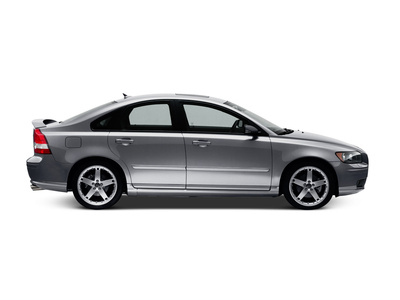
Ball joints connect a car's control arms to the wheels. They can swivel in any direction on the axis and rotate as the wheels are steered. Lower ball joints are extremely important because if a lower ball joint fails, the end wheelpoint that goes with it can turn in any direction and make steering impossible. It can also release and eject the spring. Springs are usually ejected with great force that can badly damage other parts of your vehicle or other vehicles or even injure nearby pedestrians.
Ball joints wear out just like any other piece of machinery, especially one in a car. The ball joint itself can become worn over time or damaged; you may even receive a rare defective lower-ball joint, which is more prone to failure. In this case, the defect usually isn't obvious until the joint has already failed. If you have your car repaired for another reason or just want it checked by a mechanic, request a lower ball-joint inspection.
The rubber boots sealing the lower ball joints can become old and worn, cracking and allowing dirt, water, and other debris onto the lower ball joints. This causes them to wear out quickly.
If you notice that your rubber boots seem worn or cracked, replace them immediately to prevent an accident or to save a life.
If you have a car accident, your lower ball joints could fail. It could be from the impact of the accident if it was bad enough. The failed rubber boots allow water, dirt and debris to enter and wear out the lower ball joints, but when you have any sort of accident of high impact or even water submersion, it could cause enough damage to allow such matter to enter and wear out the lower ball joints.